I am working with a point cloud and multiple images. I know the camera's intrinsic and extrinsic parameters. What I want is to find the rotation matrix which will rotate my camera(without changing the position) to view in a certain direction. More specifically, I would fit a plane to the point cloud and then I want to align my camera's viewing direction to view perpendicular to the plane(without changing its position).
Accordingly, I would find the homography transform for the image also, given the rotation matrix for the camera.
Please someone help me with this.
